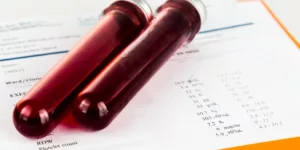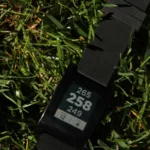For health professionals to effectively check mortality, contamination, and morbidity rates, an aggressive, timely administration of blood culture needs to be undertaken. Whether you are a professional, an amateur or a first-time health worker, undertaking an effective blood collection requires the use of a proper syringe. But syringes need adapters to operate well, and one such device is the luer adapter, which has proven to provide strong fittings for syringes. But with all these tools available, how should one undertake an effective blood collection to check sepsis?
Undertaking decontamination as a first step
Wrong positive outcomes encountered in blood collection are mostly attributed to blood contamination. To ensure that this contamination is eliminated, the collector needs to allow all antiseptics to dry up. Additionally, it’s imperative to ensure that all blood culture bottles, needles, and connecting adapters are clean. This ensures an effective blood collection devoid of contamination and yields positive results for clinical decision making.
Draw carefully from the body
In conducting a blood culture test, another important factor to consider is how blood is drawn from the body. The drawing of blood, no matter the technique, should ensure that air does not enter the anaerobic bottle, which, in most circumstances, leads to bad results. If the right type of needle and a connecting device, like the luer adapter is used, then the collecting agent should be able to attain perfect results and thus make sure that air is prevented from being a component of the syringe.
Collect the right amount of blood
In collecting blood cultures, there would be an insufficient amount of microorganisms if there is an underfilling or wrong positive outcomes if there is an over filling. The best practice is to collect, if possible, a perfect amount, which is possible when the best blood culture holder or syringe is used.
Make it comprehensive
Blood culture tests, in order to ensure an effective check for sepsis, need to be comprehensive, thus inculcating other related tests. Some of these tests include; the Complete Blood Count (CBC), where the tester searches for the level of white blood cells so as to check infections; the Urine or Sputum Culture test, where testers look for positive results that might endanger the entire bloodstream; and the CSF analysis, which is done to detect an infection in any part of the body.
Use the right tools
From syringes system components to evacuated tube systems (ETS), blood culture testers need to ensure that whichever method is used, the right tools are always involved. These tools should be sterilized and free from contaminants. Luer adapters, syringes, needles, and other devices all work in harmony to ensure that the drawing of blood is seamless, contaminations are eliminated, and the air is not part of the material used in drawing the blood.
Conclusion
To undertake an effective blood collection, which would lead to the prevention or treatment of sepsis, the right methods have to be used. Beyond these methods, the right tools are equally important. The luer adapter has been the standard for scalp-vein sets, 3-way hubs and cannula sets for years.








